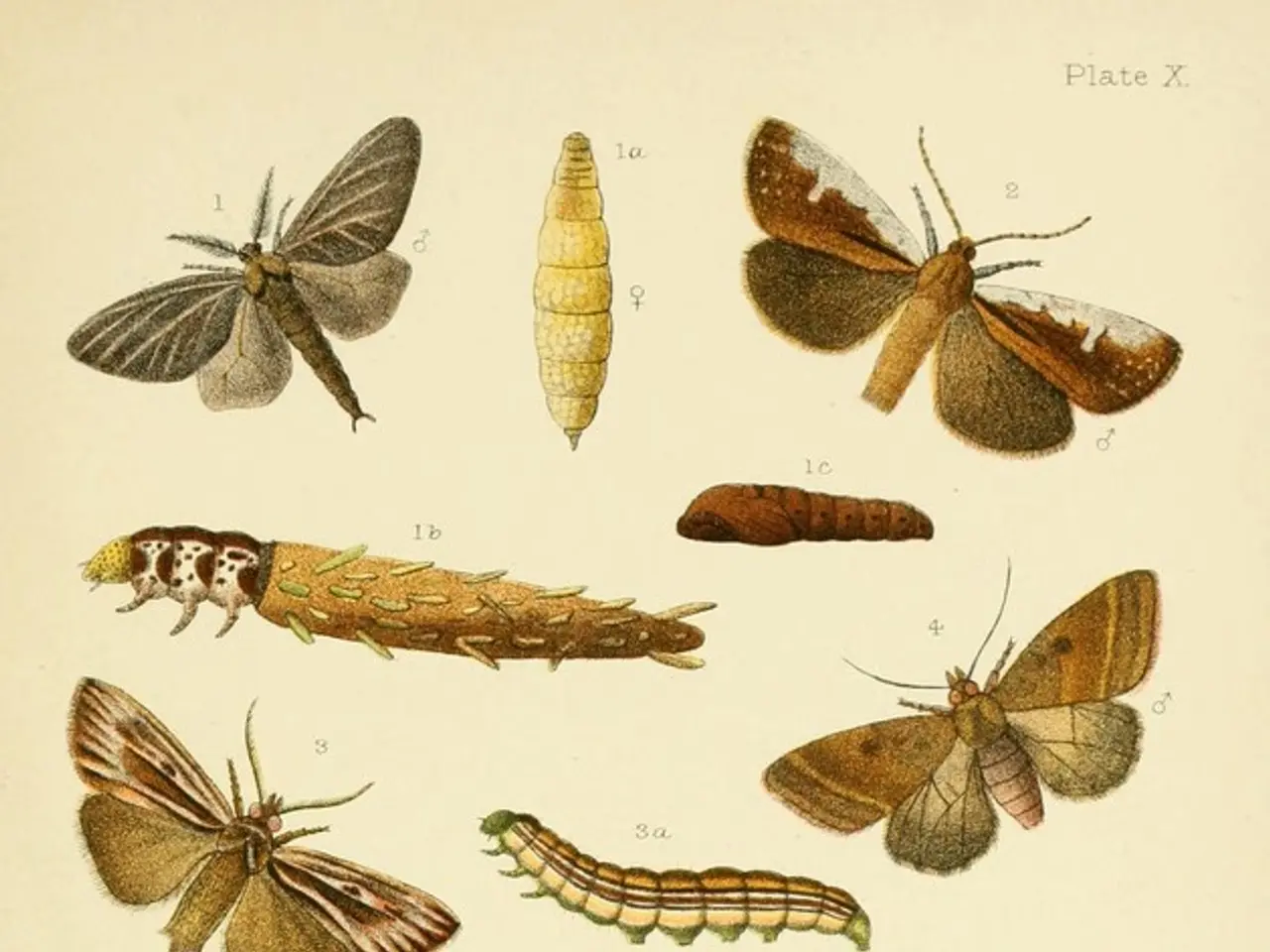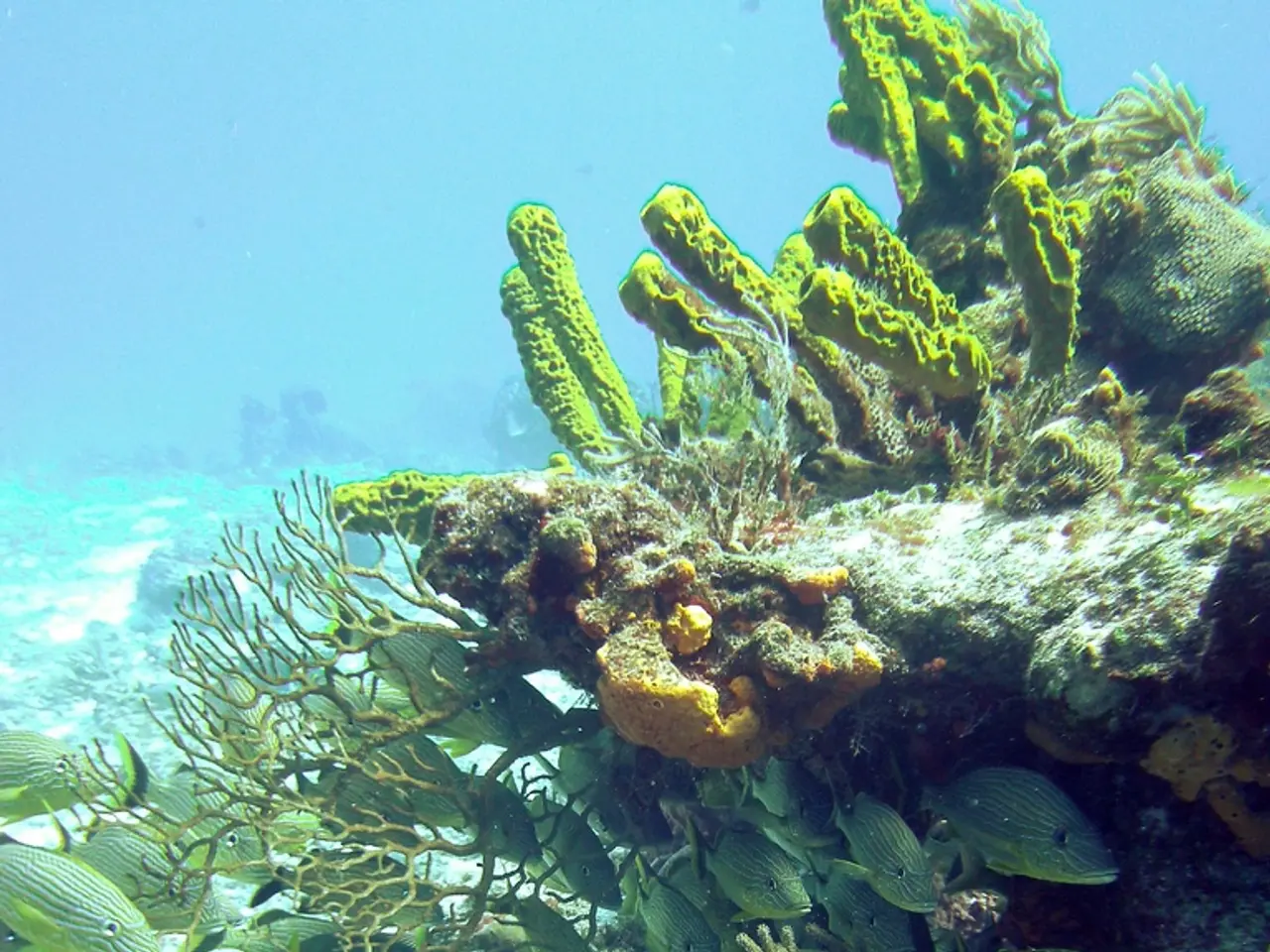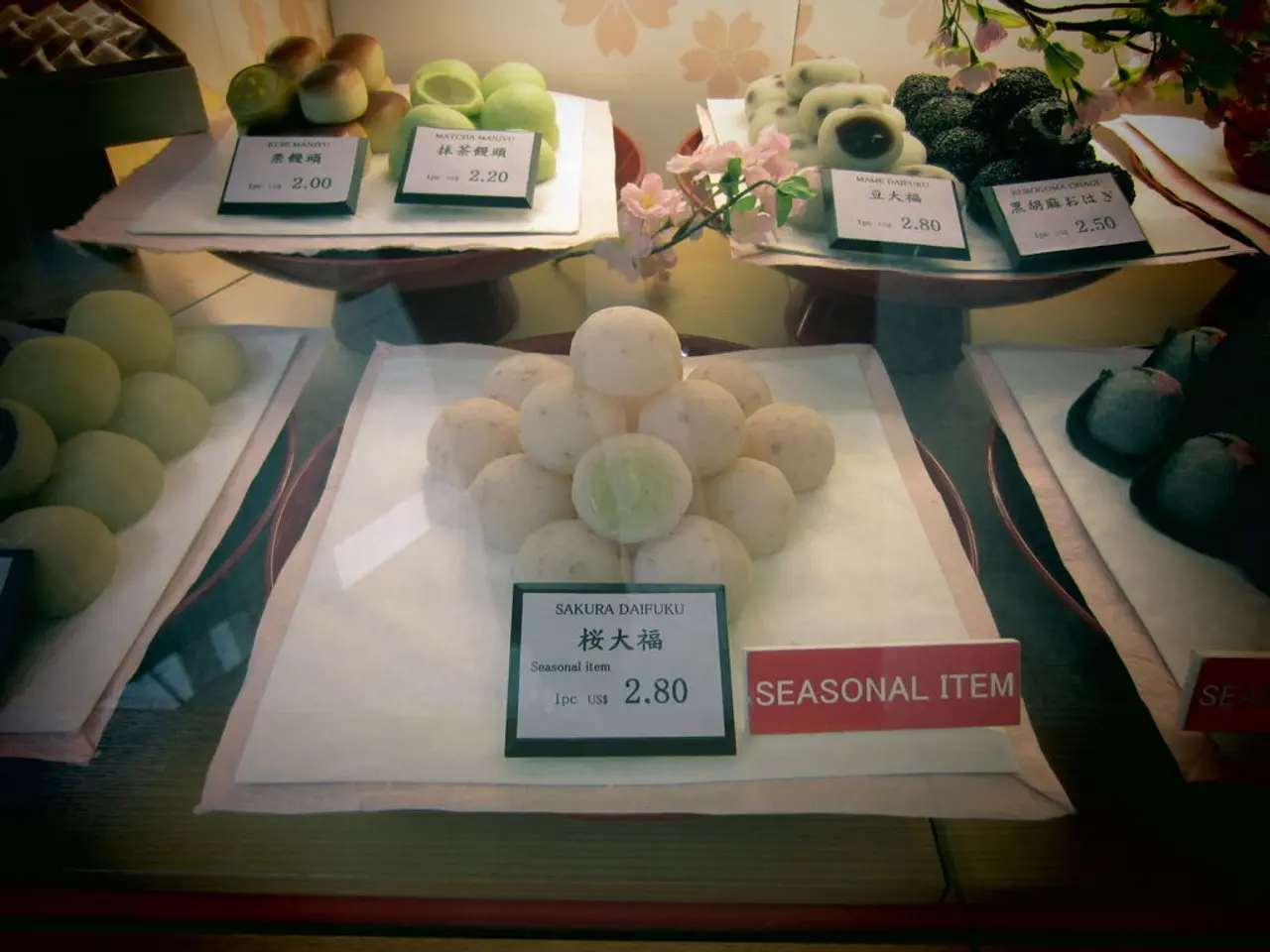Cell Division and Genetic Integrity: The Role of Mitosis
During the process of cell division, the centromere plays a vital role in ensuring the accurate segregation of chromosomes. This central point on a chromosome serves as the attachment site for the spindle fibers, acting like a "traffic controller" that secures these fibers from opposite poles.
The centromere's importance is highlighted by its role in the formation of the kinetochore, a complex protein structure that sits at the centromere. The kinetochore allows spindle fibers to attach to the chromosomes, a connection that is essential for the proper alignment and separation of chromosomes during mitosis.
Each chromosome replicates itself during cell division, creating identical copies called sister chromatids. The centromere holds the two sister chromatids together, forming the kinetochore on its surface. This kinetochore structure is crucial for the accurate distribution of replicated chromosomes to the daughter cells.
The spindle apparatus, a web of microtubules, is the mastermind behind this process. Microtubules, cylindrical polymers made of tubulin proteins, assemble into a structure called the spindle apparatus during cell division. These dynamic and adaptable players in cell division assemble and disassemble with precision to respond to cellular cues, ensuring the proper segregation of chromosomes.
The kinetochore allows spindle fibers to attach to the chromosomes, creating a tug-of-war-like situation within the cell. The spindle fibers pull the chromosomes apart during anaphase, ensuring that each daughter cell receives an identical set of chromosomes. If the centromere or kinetochore does not function correctly, it can lead to improper chromosome segregation and genetic disorders.
The centrosome, a structure in the center of the cell, organizes the spindle apparatus during cell division. The centrosome ensures that the spindle apparatus is correctly positioned, allowing for the accurate alignment and separation of chromosomes.
In summary, the centromere's role during mitosis is to provide the structural and functional platform for kinetochore assembly, anchoring spindle fibers and facilitating the faithful distribution of replicated chromosomes to daughter cells. This process is critical for the proper functioning of cells and the maintenance of genetic integrity.
References: [1] Alberts, B., Johnson, A., Lewis, J., Raff, M., Roberts, K., & Walter, P. (2002). Molecular Biology of the Cell. 4th edition. New York: Garland Science. [2] Hutchison, C. A., & Schumacher, D. W. (2018). Molecular Cell Biology. 7th edition. New York: W.H. Freeman. [3] Watson, J. D., & Crick, F. H. (1953). A structure for deoxyribose nucleic acid. Nature, 171(4356), 737-738.
The kinetochore's role, a complex protein structure at the centromere, is instrumental in attaching spindle fibers to chromosomes, ensuring the proper alignment and distribution of chromosomes during cell division. Impaired functioning of the centromere or kinetochore can lead to medical-conditions related to health-and-wellness, such as genetic disorders, due to improper chromosome segregation.




